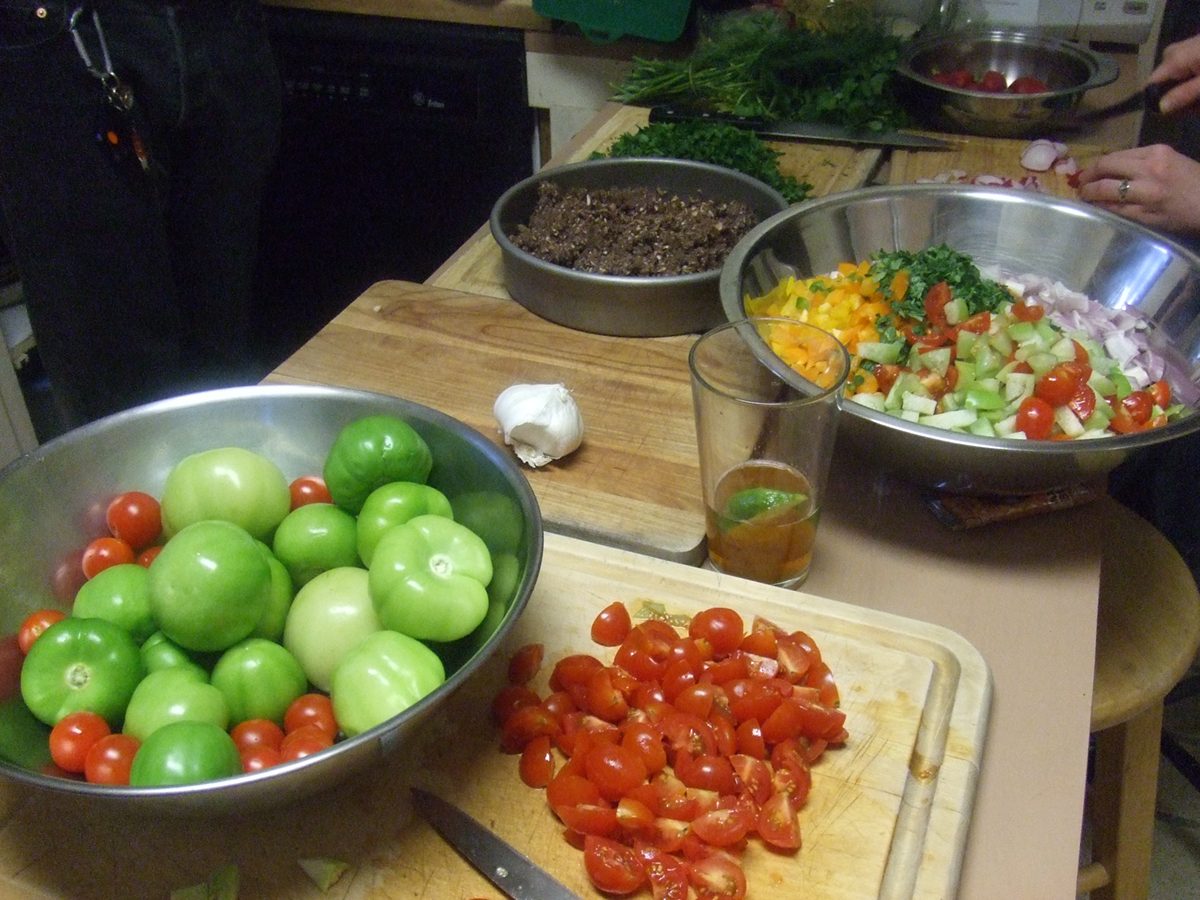
Good balance of the healthy diet and aerobic exercise is the foundation of good health. Even the modest lifestyle changes may increase the quality of living uplift the immune system, shape the body and improve overall happiness. Bad nutrition habits and physical inactivity may trigger many of the serious diseases such as heart disease, stroke, cancer, gout, coronary heart disease, hypertension and diabetes.
What does it mean to eat healthy?
The principle of healthy nutrition is to eat a wide variety of foods. Everyday diet plan for normally active people should include:Six to eleven servings of bread, cereal, rice or pasta. One serving means: one slice of bread, about 1 cup of ready-to-eat cereal, or 1/2 cup cooked cereal, rice, or pasta.Three to five servings of vegetables, where one serving equals 1 cup of raw leafy vegetables, or 1/2 cup of other vegetables, cooked or raw.Two to four servings of fruit, while keeping in mind that one serving equals one medium apple, banana, or orange; 1/2 cup of chopped, cooked, or canned fruit; or 3/4 cup of fruit juice.Two to three servings of milk, yogurt or cheese, where serving equals 1 cup of milk or yogurt, 1 1/2 ounces of natural cheese or 2 ounces of processed cheese. Low fat or fat free products should be the first choice, as often as possible.Two to three servings of protein rich foods like meat, poultry, fish, dry beans, eggs, or nuts. One serving equals 2 to 3 ounces of cooked lean meat, poultry without skin, or fish. One half cup of cooked dry beans, one egg, or 1/2 cup of tofu counts as 1 ounce of meat. Two tablespoons of peanut butter or 1/3 cup of nuts counts as 1 ounce of lean meat.Active population should have a larger number of servings. Smaller number of servings is applied to women, inactive people or those who try to lose weight.
Tips for healthy eating
Breakfast is the most important meal. Eating breakfast regularly lessens the risks of overeating during the day and provides the body with energy and helps to think and learn.
Whole grains should be used more often. Whole wheat breads, pastas, oatmeal, brown rice and bulgur are all welcome.
Everyone should try to color up their plate, because different colored vegetables provide different nutrients. Fresh or even canned fruit is far better choice than fruit juice. Juices have very few or no fibers at all and fibers are essential for proper functioning of the digestive tract.
Fats, oils and sweets should be used carefully. Some fats found in olive, canola, and peanut oils, avocados, nuts and fish provide body with “good cholesterol” that seem to protect against heart attack. General advice would be to eat low fat and low sugar snacks to fight the hunger and prevent the possible sweet cravings.
The risks of bad eating habits
Bad eating habits generally lead to obesity. Risks involved in being overweight are extremely serious. Extra pounds are hazardous because they raise the possibility of heart disease, stroke, cancer, gout, coronary heart disease, hypertension, diabetes, sleep apnea, osteoarthritis, irregular periods, problems with pregnancy etc.
The most common cause of obesity is linked to the lack of physical activity and improper nutrition. Weather one is going to get excessive weight depends on the relations between the quantity of calories one takes and quantity of calories that one burns. Weight gain is thus often a matter of habit to eat more than one really needs. Genetic heritage might also be a mild factor in developing obesity. Some health conditions such as hypothyroidism, Cushing's syndrome, and depression may affect weight gain. Emotional instability is also an important factor, because people often eat only because they are bored or stressed, no matter if they are actually hungry or not.



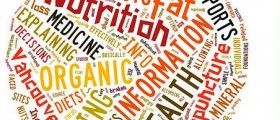








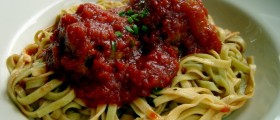
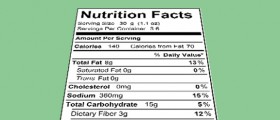

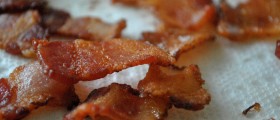

Your thoughts on this
Loading...